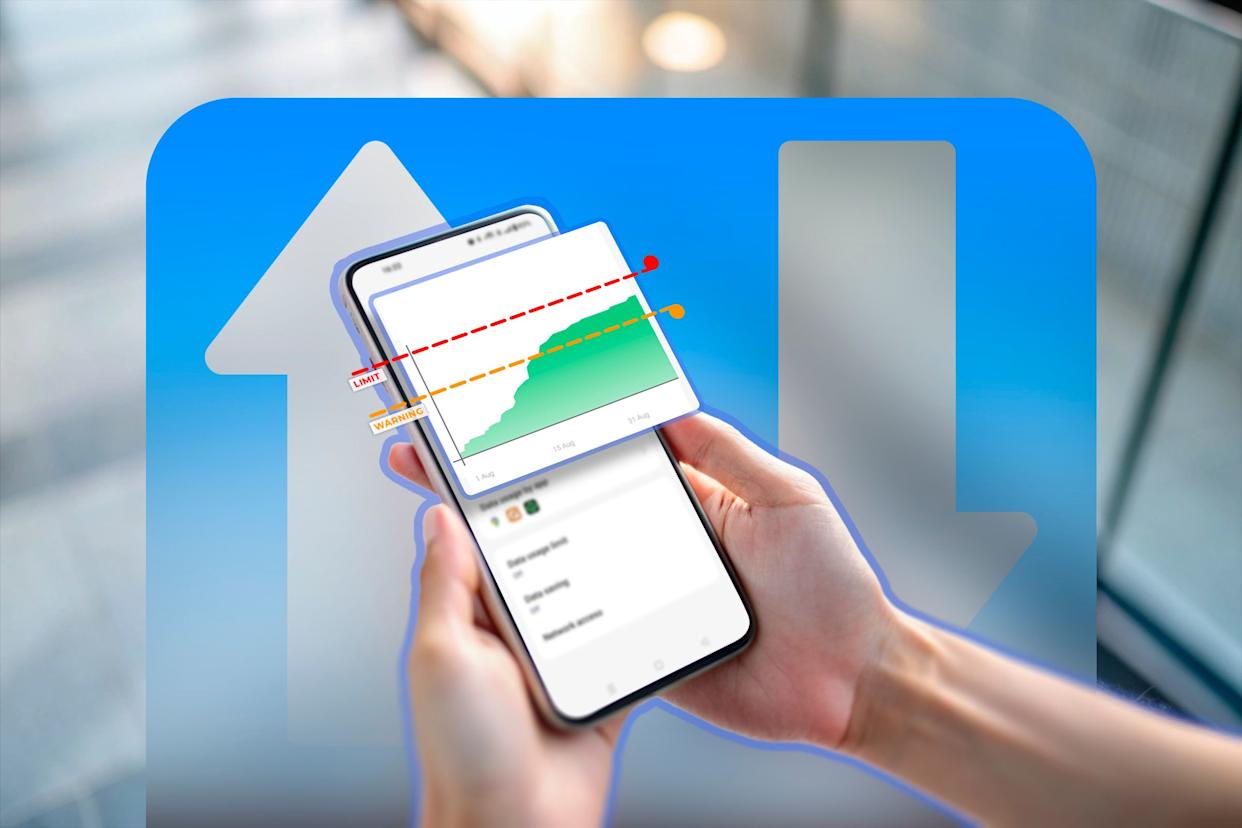Nothing is more frustrating than being told that your phone, your digital multitool, has somehow erased some of your files. You are recording a voice message, reading the messages from clients, or exporting a list of edited pictures, and… it disappears. It can be an update that went wrong or an app that deleted everything, or the classic factory reset blunder, but Android data loss is not as uncommon as some people think.
It may mean lost time, lost work or even more, lost trust in eyes of clients or users, as people who use mobile in the swift world of distribution, production, AI or tech may know.
Now what can you do in case your android phone suddenly erases your life digital trail?
Okay, enough already. Let it cooling talk, practically and reasonably and workably.
Why Android Data Loss Still Happens in 2025
We can easily think our gadgets are intelligent as it has ever been and it is indeed so. However, even the shift to AI imaginations, facial recognition, and 5G super speed cannot exhaust the possibility of data being going away. These are the principal ways how it continues to creep in:
- Mis-Deletion: You were trying to clear duplicates or junk with the exception of deleting something important.
- Corrupted SD cards: A medium-sized file system error in an SD card can corrupt the media contained in it forever.
- Software Fails: Software updates can go wrong and corrupt storage partitions or resulting into unintended restarts.
- App Conflicts: Certain 3rd Party apps can interfere with access of the storage or can override the files.
- Physical Damage: Internal memory can be damaged by dropping, spillage of water, uncontrolled overheating and so the data is no more usable.
The built in tools that Android will provide you with to enable recovery are not usually up to scratch, particularly when the circumstances involved are not as simple as a photo missing.
Step 1: Stop Using the Phone Immediately
The immediate thing to do is that in case you have just lost files, do not use your phone. Why? Since the deleted files retained and not yet actually destroyed until when it has been overwritten by new files. Each new photo you make, each app you use, and each message sent after the loss makes recovery a less likely possibility.
Then resist the temptation to begin poking about. Never download any recovery apps that you do not know the store of in the Play Store. And by all means do not factory reset, unless you are willing to lose everything permanently.
Step 2: Check Cloud Backups (You Might Be Lucky)
Before you assume the worst, head to your Google account and check if you’ve got automatic backups running. Here’s where to look:
- Photos: Visit photos.google.com — deleted images often live in the trash for 30 days.
- Drive: Check drive.google.com — your files, PDFs, and even WhatsApp backups might be stored here.
- Google Contacts and Calendar: These often sync automatically if your settings are enabled.
If your content is cloud-synced, congrats—you’re out of the woods.
Step 3: Dig Into the “Recently Deleted” or Trash
These file managers and gallery app of some Android phones (particularly Samsung, OnePlus, and Xiaomi devices) include a file recycle bin (also known as a trash functionality). It is just a straightforward backup net that provides you with a 15-30 days grace period to restore deleted files.
To check:
- Go to your Gallery or File Manager.
- Touch the three-dot functionalities or settings icon.
- Go to Trash or Recycle Bin and/or Recently Deleted.
It takes only one tap to restore at this point. However, the tank is emptied already or you did not have this feature on at all, no need to panic, all is not lost.
Step 4: External Tools and Manual Extraction
In case you have files saved on a microSD card, then take it out and insert it inside your computer through card reader. File recovery software may allow reading of corrupted cards: In most instances corrupted cards can be read with file recovery software such as Recuva, PhotoRec, or Disk Drill.
In the case of internal storage, things are complicated. You’ll need:
- An ADB (Android Debug Bridge) installed PC/Mac
- The phone had USB debugging switched on (when the data loss happened)
- Some hours and a little technical ability
ADB allows you to pick data out of your Android device. It is strong, not to be confused with easy to use, and certainly not to be used by persons who do not feel at home with command line tools.
When this sounds like too much to handle, then it is high time to include professional assistance.
Step 5: Call in the Pros—Your Data Deserves It
In some cases, DIY is not going to do the trick. In case your phone is:
- Physically damaged
- Failure to come on to.
- Internal memory failure: Media bursts into a failure as people experience failure on internal memory.
- It is locked because of forgotten, credentials.
Then the most likely (and also the only) solution left is the professional data recovery.
This is where services like SalvageData come in. In contrast to typical recovery applications they are forensically deep, bringing data back on water-drowned, bricked, and even dead Android phones.
Their lab staff employs the usage of sophisticated lab facilities and cleanroom actions to recover photographs, videos, contacts, messages, program data and more. Do you have a phone with a corrupted memory (encrypted) or a phone that has failed on the motherboard? SalvageData has the tools needed to get your life-or-business back.
It is of particular importance when you conduct business with the use of your phone, communicate with brands through such apps as WhatsApp Business or Telegram, or have your Android cell store sensitive documents, client contracts, or reports created with the use of AI.
Step 6: Prevent Future Data Disasters (For Real This Time)
After salvaging what is possible, it is time to make a more intelligent system. This is how you future-proof your Android device and donot over-think:
- Turn on Google One backups easy access will be available to apps, call history, settings, SMS and media.
- Make a third party cloud storage with dropbox or OneDrive as a redundancy.
- Set up full backups on a monthly basis using such apps as Helium or Titanium Backup (root enabled devices).
- Backup your WhatsApp messaging to Google drive as well as in your inbuilt storage.
- Transfer important records to a cloud or a laptop on a scheduled basis.
You should think about it the way you do about you brush your teeth, it is optional to have cavities in your mouth or not, but you should still brush your teeth nevertheless. Use your data likewise.
What to Prioritize If You’re a Creator, Developer, or Remote Pro
Seeing as the target audience of Kenji.ai will also most probably comprise AI professionals, developers, digital creators, and freelancers, we can single out the files that are of greatest interest to us:
- Code & Scripts: Your stored scripts and records are priceless to you, when you do mobile dev or incorporate AI.
- Record voice: are you brainstorming or recording meeting summaries? Gold is Voice Memos.
- Client Assets: Drafts of social post, logos or brand guidelines stored on your device must not disappear into thin air.
- Screenshots & Design Concepts: They not necessarily are stored automatically, yet are an essential part of remote collaboration.
- Two-Factor Authenticator Apps: With cloud-based 2FA tools, losing your phone can potentially end up losing everything too unless you have them.
Particularly, in the process of data recovery, do not concentrate on media only. Widen your way of thinking and focusing on workflow in a bigger picture (what truly drives your everyday)?
Final Thoughts
It can be a pain when someone has the information pulled under your digital feet like losing the data on your Android phone. Nevertheless, it is not everything. You may have a dead phone, or you may have simply deleted your photo collection, but there are practical methods you can use to recover your files, as well as prevent that same headache with a different phone.
Begin by doing what you can by yourself. At that point, when things may jump up, go ahead and give it to people like SalvageData, who are made to handle this sort of sediment on an everyday basis.
As it were, your Android phone is not just another communication gadget, it is your on-the-go productivity source. And most just like any mission critical tool, it should be given a safety net.




